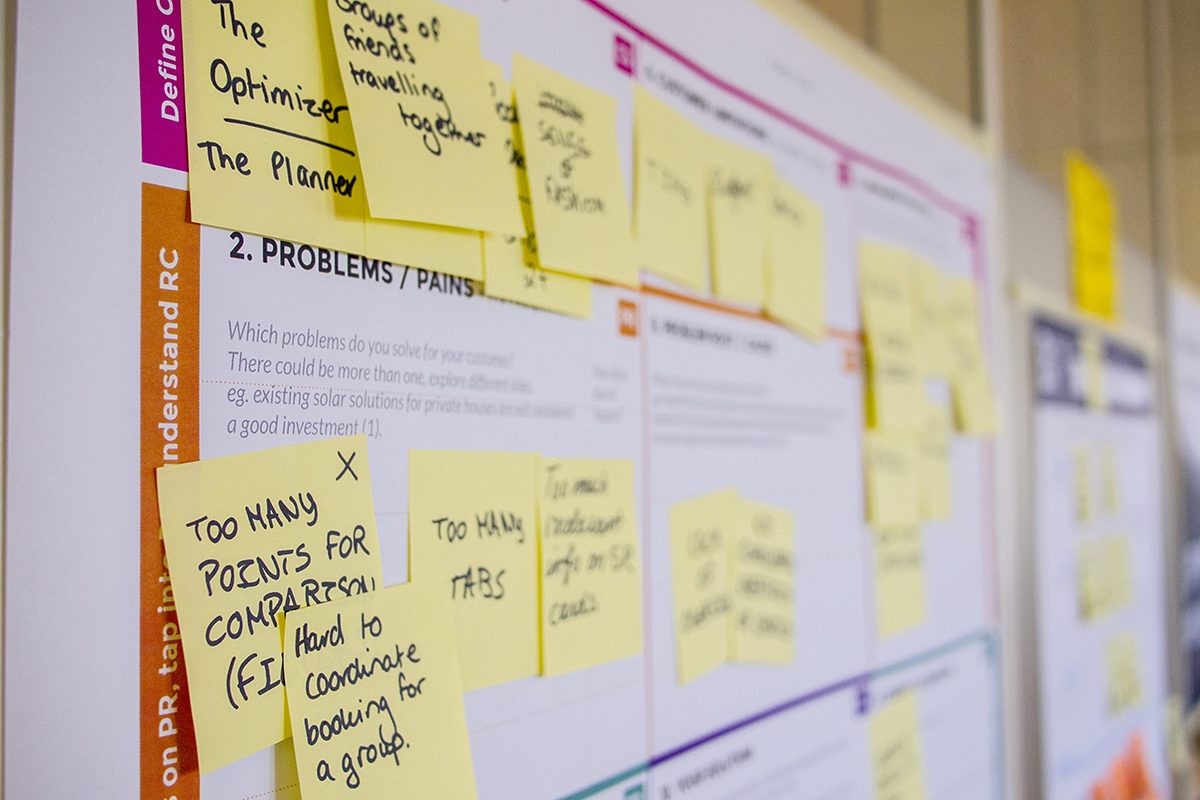
Author: Simone Kohl
· 2 mins read · 1,662 views
Agile Metrics
Agile methods have become indispensable in companies. This also increases the desire to measure the performance of employees. Using agile metrics allows for the optimization of processes and tools and the implementation of improvements.
Development Relevant Metrics
The key figures are intended to monitor the development process. They help the team to have an overview of deadlines, quality, and effectiveness of the work and to be able to make continuous improvements.
Here are some agile metrics:
- Velocity
- The Velocity Chart measures the average work done by a team during a sprint. The more iterations there are, the more precise the forecast is. To ensure consistent performance, it is important to monitor the speed. Because if the speed decreases, it means that the team has to fix something.
- Sprint Burn Down Chart
- Because a sprint always has a certain duration, it is important to track the progress of the tasks and also the accomplishments during the sprint. Time and remaining work are the most important measures. The units of measurement are either hours or story points. The goal is to complete the workload by the end of the sprint.
- Release Burndown
- The Release Burndown shows an overall picture. In a sprint, there are many epics and versions, so it is important to always track the progress. Because the team needs to be clear about the steps in the process.
- Control Chart
- This chart focuses on the duration of the status of a task from “in process” to “done”. Thus, the time of processing a single task should be checked. When teams measure cycle times, they improve the flexibility of processes. When changes are made, for example, the results are immediately visible here, which in turn allows adjustments to be made.
- Lead Time
- All processes that occur from the time of the request to delivery fall under the lead time. Lead Time allows for accurate time calculation for each process and better development of business requirements.
Looking for Expert IT Solutions?
Subscribe to Our Newsletter for Exclusive Tips and Updates!
Stay ahead of tech challenges with expert insights delivered straight to your inbox. From solving network issues to enhancing cybersecurity and streamlining software integration, our newsletter offers practical advice and the latest IT trends. Sign up today and let us help you make technology work seamlessly for your business!


Share